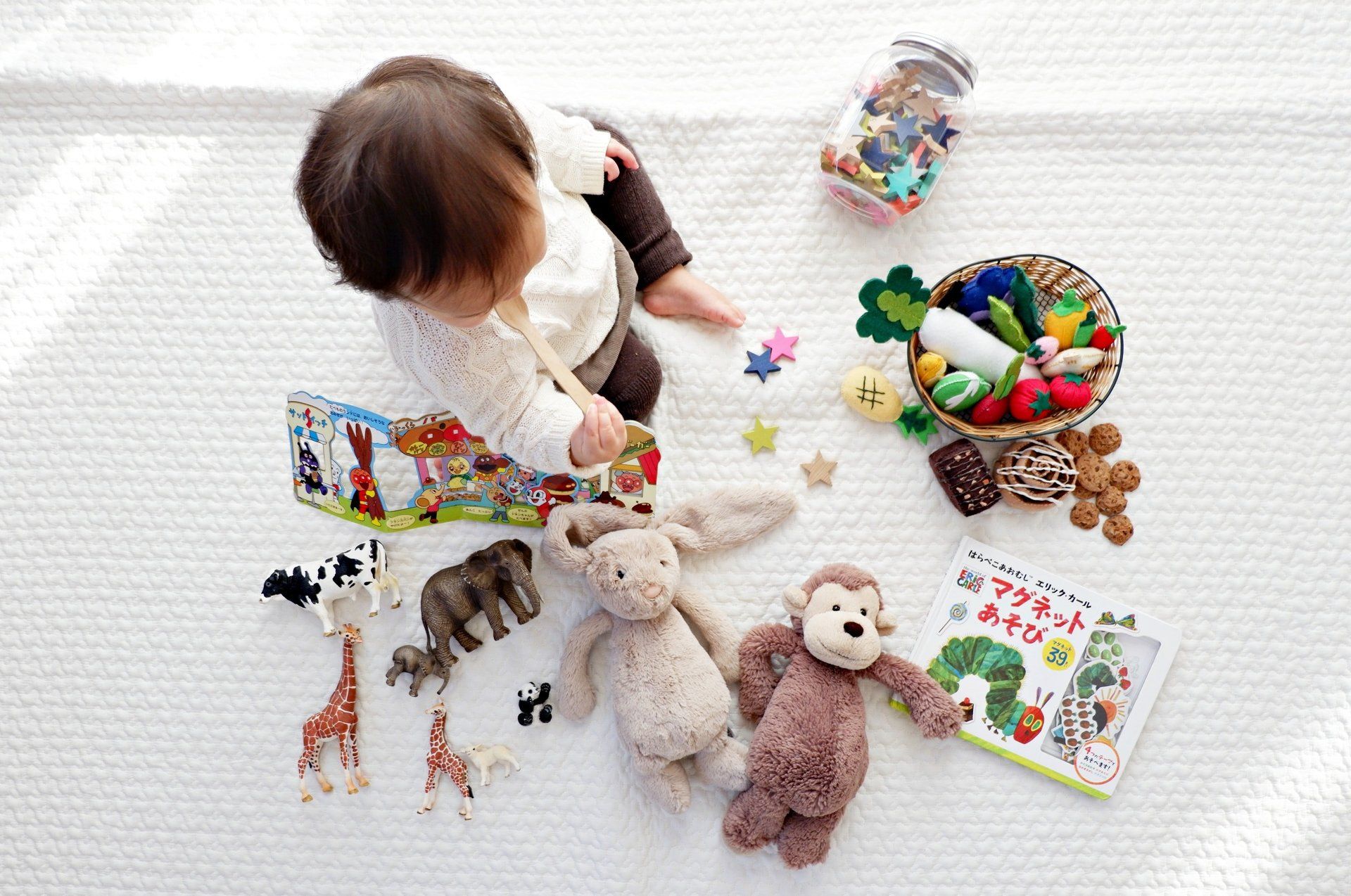Environmental Health Perspectives 2010
Blog Owner • June 22, 2011
Pre-natal exposure to phthalates found in pesticides, scented products
and personal care products is associated with a greater risk the child will develop disruptive behavior disorders.
Children whose mothers had higher levels of a certain type of phthalates in their blood during the third trimester
of pregnancy had a higher risk of developing conduct, aggression and attention deficits in later childhood. Some
of the effects of these chemicals appeared to be greater in boys than girls – especially aggression, attention
problems and hyperactivity.
S.M. Engel, A. Miodovnik, R.L. Canfield, C. Zhu, M.J. Silva, A.M. Calafat and M.S. Wolff. “Prenatal
phthalate exposure is associated with childhood behavior and executive functioning.”
Environmental Health
Perspectives,
(2010): 118:4.

Comprehensive longitudinal studies are important for understanding the complex risk factors, pathways, exposures and interactions that lead to the development and persistence of asthma. We aimed to examine associations between use of household cleaning products in early life and childhood respiratory and allergic disease using data from the Canadian Healthy Infant Longitudinal Development (CHILD) Cohort Study

Fragrance affects us all. For some, it can enhance a moment, invoke a memory, or even improve a mood. As consumers, we seek it out in all kinds of products we use in our everyday lives. And for many of us, there’s a positive sensory experience associated with fragrance. But unfortunately, this may not be without consequence.

America's Children and the Environment (ACE)
America's Children and the Environment (ACE) is EPA's report presenting data on children's environmental health. ACE brings together information from a variety of sources to provide national indicators and related information on the environment and children's health.










